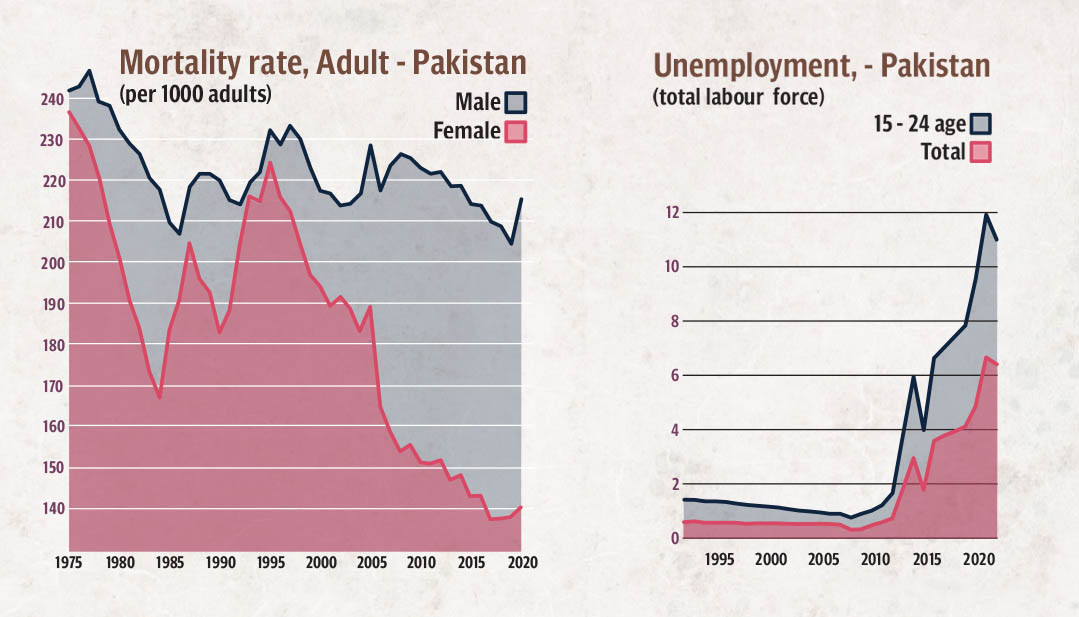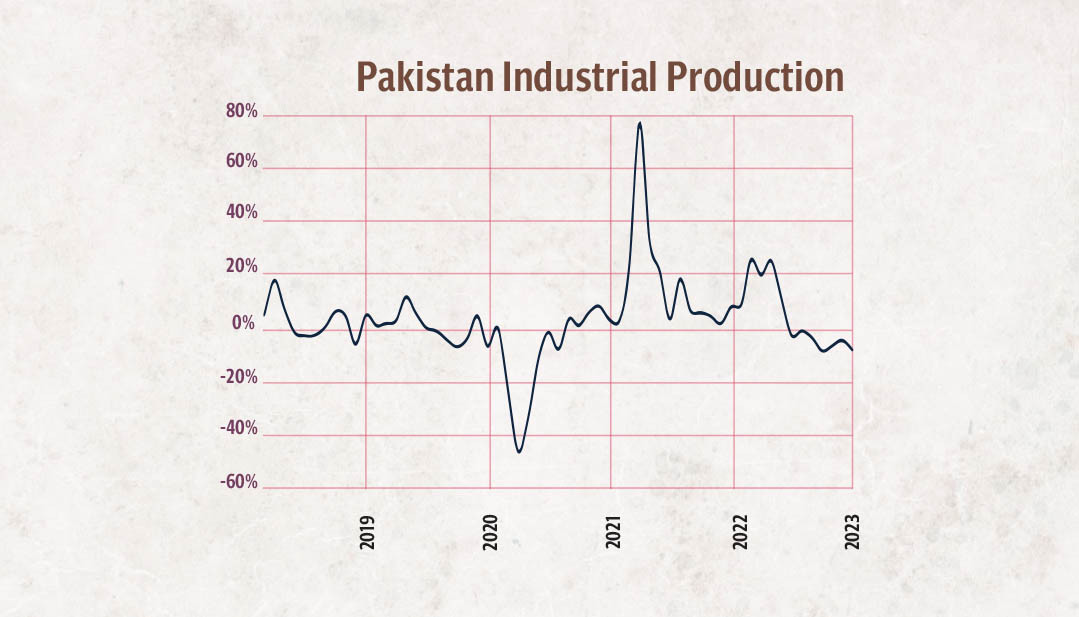Deindustrialisation, which refers to the decline in industrial activities, has had a significant impact on the working class in many countries. This phenomenon has been associated with a number of negative consequences, including increased working-class male mortality. The crucial factor in deindustrialisation is the political context in which it occurs.
Countries that have strong regional and social policies are better equipped to mitigate the negative health outcomes associated with deindustrialisation. Although some neoliberal policies may contribute to deindustrialisation, technological competition appears to be a critical driver of industrial employment decline in advanced nations. It was also a significant factor in the deindustrialisation that occurred in Eastern Europe during the 1990s.
Is de-industrialisation failure of the liberalism?
One of the main reasons why de-industrialisation has led to increased working-class male mortality is the loss of economic activity. When factories and other industrial facilities close down, it can lead to high levels of unemployment, which can have a number of negative effects on individuals and communities. Unemployed individuals may experience financial hardship, social isolation, and increased stress, which can lead to a range of health problems.
A significant amount of research suggests that the initial group of individuals who suffer from the process of de-industrialisation are those who have been unemployed for an extended period, as it has negative impacts on their overall mortality and morbidity. It indicates that if de-industrialisation leads to an individual or group of people who cannot find re-employment opportunities in the long run, they would be at a greater risk of mortality.
Sociologists have overlooked the extensive social implications of the unparalleled mortality crisis and loss of industrial capacity, despite evidence indicating that excess mortality has contributed to the erosion of liberal democracy and the ascent of nationalist-populist political movements. Papers published in American journal of Public Health in 2020 and Journal of Rural Studies in 2017 on Western Europe and the U.S. suggest that these issues have arisen due to "liberalism's failure to deliver."

Deindustrialisation and socialist ruptures
The founders of sociology, including Marx, Durkheim, Weber, and Tönnies, emphasised how industrialisation disrupted traditional communities and brought significant suffering for impoverished workers. In response, modern sociology has highlighted how industrialisation facilitated the development of an institutional framework that was essential for social integration during the 20th century. Industrialisation gave rise to the establishment of ‘industrial citizenship’ and a politically influential working class, resulting in a growing labour share of national income that fostered generalised trust and stabilised democracy. Furthermore, industrialisation helped establish stable social identities centred around work and location.
While sociologists and social anthropologists have historically explored the social consequences of post socialist changes, including elite formation, income inequality, and economic decline, they have been marginalised in the discussion on the post socialist mortality crisis. In particular, the role of deindustrialisation has been disregarded by scholars, despite health being a fundamental aspect of social cohesion and the implicit social agreement that keeps communities together.

Creative destruction and the deindustrialisation
For a while now, conservative analysts and economists have argued that deindustrialisation is a natural progression from a manufacturing-based economy to one centred on services. They employ Joseph Schumpeter's idea of ‘creative destruction’ to assert that deindustrialisation and divestment facilitate the reallocation of resources and people from older industries to newer, more productive ones. From a national perspective, this suggests that deindustrialisation allows for the release of capital for more efficient utilization in new industries, ultimately resulting in the creation of new job opportunities for those who were displaced.
However, deindustrialisation is not necessarily a natural or creative process, nor does it consistently produce good job prospects to substitute for those that were lost. It is the outcome of a complicated array of factors that are inherently interconnected, including globalisation, offshoring, deregulation, downsizing, and technological changes. For example, technological advances not only make production more efficient but also make it easier to move money and goods, communicate, and manage across long distances. As a result, reinvestment is not restricted to any particular country and may not result in economic or industrial change for the nation or the displaced workers. Furthermore, deindustrialisation is primarily driven by corporations seeking to increase shareholder value. To put it another way, the economic changes of the past three and a half decades have resulted directly from decisions made by corporate and government leaders to pursue economic gain rather than the benefit of communities or the environment.

Social cost of deindustrialisation
The social consequences of deindustrialisation are significant, long-lasting, and wide-ranging, mainly due to the sheer number of people affected. According to Bluestone, the deindustrialisation that occurred in the 1970s and 1980s was catastrophic, resulting in the loss of more than 32 million jobs. More recently, Howard Rosen's research indicates that between 1995 and 2004, almost 700,000 businesses closed each year, impacting 6.1 million workers, while an additional 1.7 million firms shrank annually, affecting another 11.8 million workers. However, job loss does not only affect individuals, although it does impact many who have devoted their lives, and sometimes their well-being, to their employers, only to feel betrayed and economically dispensable.
Deindustrialisation has a detrimental effect on the social structure of communities, states, and the country. The social implications of deindustrialisation include job loss, homelessness, and a lack of access to healthcare. The reduction in the tax base leads to cuts in vital public services like police and fire protection, while also increasing crime rates in the short and long term. Deindustrialisation also leads to the deterioration of local landscapes, increases in suicide, drug and alcohol abuse, family violence, and depression, and a decrease in non-profit and cultural resources. The loss of faith in institutions like government, business, unions, churches, and traditional political organizations is also a consequence of deindustrialisation.
Even when workers find new jobs, they often pay less, provide fewer benefits, offer less protection from unions, and may be temporary, contingent, or part-time. Finally, the widespread loss of jobs, particularly in communities that depend on only one or two industries, undermines the community's identity and sense of capability. Deindustrialized communities often become sites of persistent struggle, creating a cycle of failure that is difficult to break out of.

De-industrialisation as a catalyst of mortality in Pakistan
The impact of de-industrialisation on male mortality in Pakistan is significant and requires urgent attention from policymakers. According to the World Bank, the unemployment rate in Pakistan was 4.4% in 2020, but the rate was much higher for men, particularly in industrial cities. Without a concerted effort to create new job opportunities and invest in social support systems, the problem is likely to worsen, leading to higher rates of premature death and social instability.
De-industrialisation has had a significant impact on male mortality in Pakistan. As the country shifted from a manufacturing-based economy to a service-based economy, many industrial jobs disappeared, leaving large numbers of men unemployed. The loss of these jobs not only impacted their income but also their social identity and sense of purpose.
The consequences of de-industrialisation for male mortality in Pakistan have been dire. With few job opportunities, many men turned to drugs and alcohol as a way of coping with their economic and social marginalisation. Substance abuse, combined with a lack of access to healthcare, led to an increase in premature deaths among men.
Furthermore, de-industrialisation has also led to the breakdown of social support systems that were once provided by trade unions and other labour organizations. With the loss of these institutions, many men were left without a voice, making it difficult for them to demand better working conditions, wages, or social protections.
The impact of de-industrialisation on male mortality in Pakistan is a complex issue that requires a multifaceted response. The government must take steps to create new job opportunities in industries that are accessible to men, invest in healthcare infrastructure and addiction treatment centres, and support the creation of new social support systems that can help men cope with the challenges of de-industrialisation. Failure to address these issues could lead to further increases in male mortality rates and the perpetuation of cycles of poverty and social marginalization.
- The case of Faisalabad: Faisalabad is one of Pakistan's largest textile-producing cities, but the industry has been in decline for several years. As a result, many men have lost their jobs, leading to an increase in drug addiction and alcoholism. According to a study published in the Journal of the Pakistan Medical Association, the mortality rate due to drug addiction in Faisalabad increased from 1.7 per 100,000 population in 2005 to 6.7 per 100,000 population in 2010.
- The case of Karachi: Karachi was once a major industrial hub, but the decline of the manufacturing sector has led to high levels of unemployment among men. According to the Pakistan Bureau of Statistics, the unemployment rate for men in Karachi was 11.5% in 2019. This has led to an increase in suicide rates among men, with a study published in the Journal of Pakistan Medical Association reporting that the suicide rate among men in Karachi was 9.9 per 100,000 population in 2016.
- The case of Sialkot: Sialkot is a city in Punjab province that was once a major producer of surgical instruments. However, as the industry declined, many men were left without jobs. According to the Pakistan Bureau of Statistics, the unemployment rate for men in Sialkot was 8.5% in 2019. This has led to an increase in domestic violence and family disputes, as men struggle to cope with their economic and social marginalization.
Conclusion
Deindustrialisation is not a recent phenomenon, and it does not align with the conventional historical accounts of natural economic progression, as some have claimed. People who have experienced the effects of deindustrialisation in their communities have consistently maintained that its social significance and costs are much greater and longer lasting than the prevalent economic discourse of "creative destruction" and the obsolescence of the old industrial economy. Corporate and governmental decisions have directly caused deindustrialisation, which has not only resulted in the displacement of millions of workers but has also inflicted considerable harm on the communities. These injuries to our social and human capital give rise to social and economic expenses that affect everyone.
Ali Asad Sabir is a political economist and senior research assistant at the Institute of Development and Economics Alternatives (IDEAS). Waleed Mahmood is a research assistant at IDEAS. All facts and information are the sole responsibility of the writers.
